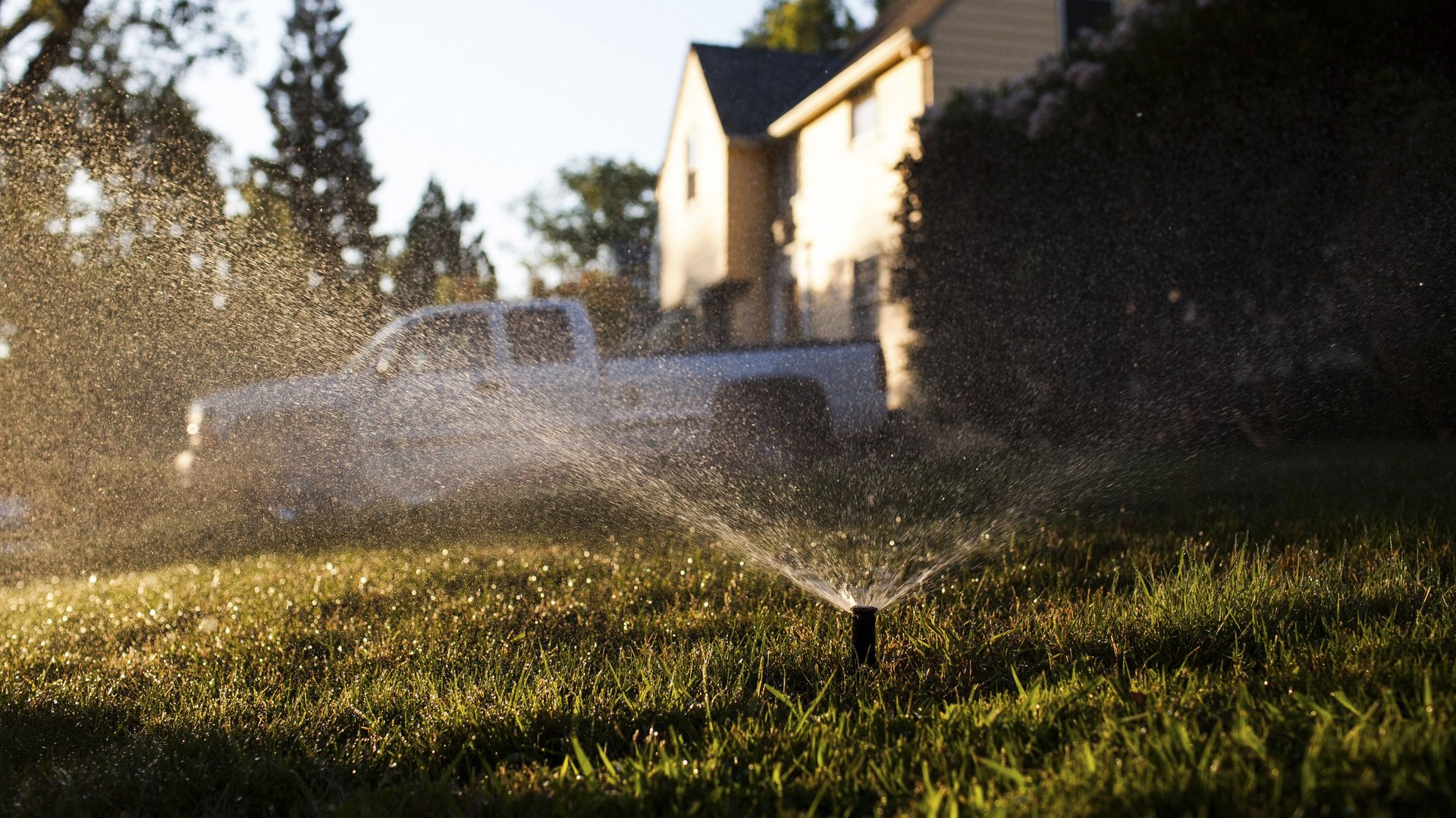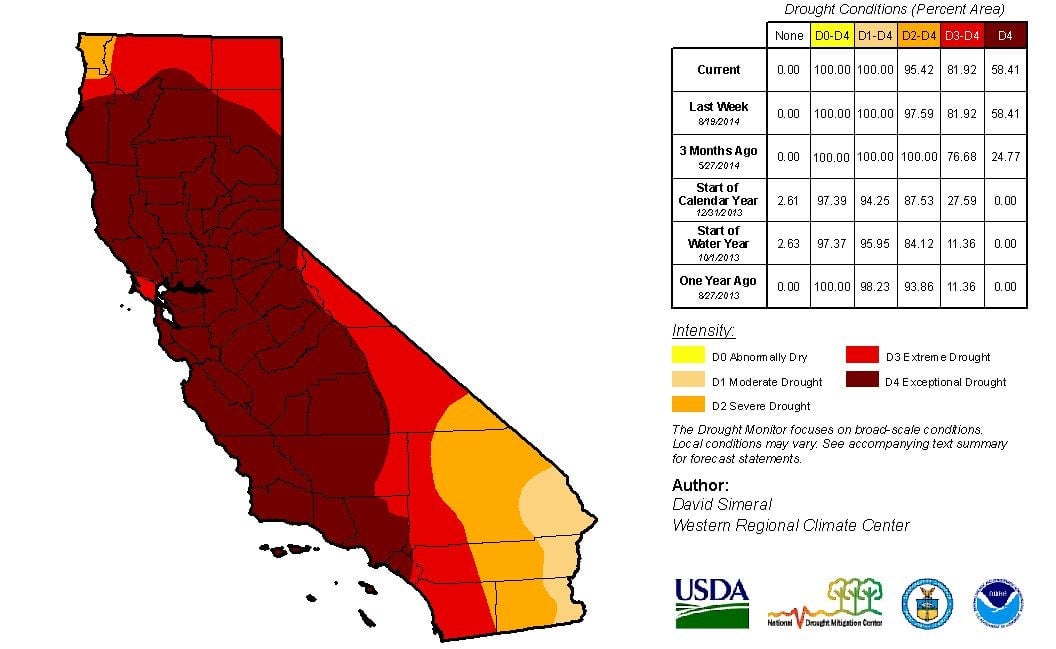How bad the drought has gotten: Californians are stealing water for their miniature ponies
For the last three years, rain has fallen so rarely that California now faces what might be its severest drought in a century. As the dryness has worsened this summer, the state has ordered residents to cut back water usage, upping fines for those who violated those rules. These rules prevent Californians from watering their lawns and washing their cars—activities that account for more than half of water usage in some parts of the state.


For the last three years, rain has fallen so rarely that California now faces what might be its severest drought in a century. As the dryness has worsened this summer, the state has ordered residents to cut back water usage, upping fines for those who violated those rules. These rules prevent Californians from watering their lawns and washing their cars—activities that account for more than half of water usage in some parts of the state.
This rationing of already scarce water is creating a black market business in stolen water, according to local officials. In the town of Lemoore, residents have reported seeing thieves hooking up a hose to a fire hydrant to fill up a huge plastic tank on the back of a pickup truck. In nearby Avenal, mayor Harlin Casida says that close to 10% of its water supply has gone missing. Since normal pipe leakage typically causes only 3-4% losses, he suspects thieves are siphoning off the rest.

Despite the fact that the drought has dragged on for three years, California utilities and rural water managers have only recently started tracking their water losses—and are finding huge volumes of water unaccounted for. In 2013, one rural county lost more than two-thirds of its water: Redding, a city of 91,000, saw nearly 1.5 billion gallons of water leak from its system. While most of it is likely seeping out of shoddy pipeline, water managers think some is being illegally siphoned.
This water demand isn’t necessarily just from lawn-care maniacs. Some who live outside city limits rely on private wells instead of the municipal water system. If their wells fail, residents must get on a wait list to drill a new well, which can take months. Even then, they have to foot the drilling costs. Though officials don’t know how many private wells have dried up, officials suspect they’re on the rise.
But some water needs are less desperate than others. For instance, six Modesto residents face $1,500 in fines for stealing water from a local canal: One man charged with illegal siphoning was allegedly using the water to irrigate grass for his two miniature ponies. As of May, the wealthy but arid Santa Barbara suburb of Montecito—where Oprah Winfrey, Eric Schmidt, Ellen DeGeneres, and George Lucas, among other luminaries, live—had racked up $532,000 in fines for the overuse of about 13 million gallons of water, much of it likely for elegant landscaping.
In Central California, illegal marijuana operations are siphoning off water from streams that supply an American Indian tribe. As we’ve noted in the past, marijuana cultivation is highly water-intensive; a single plant needs about six gallons a day to grow. Law enforcement officials found 10 miles of plastic irrigation pipes and seven reservoirs—some of them capable of storying 5,000 gallons—draining water off a river 70 miles northeast of Bakersfield. ”They had every spring, every drop of water dammed up and diverted to the plants,” said Lt. Patrick Foy, spokesman for the state’s fish and wildlife department.